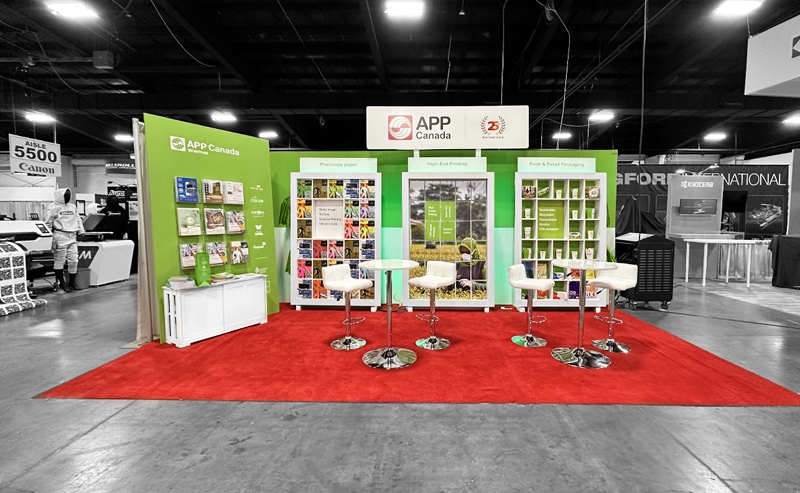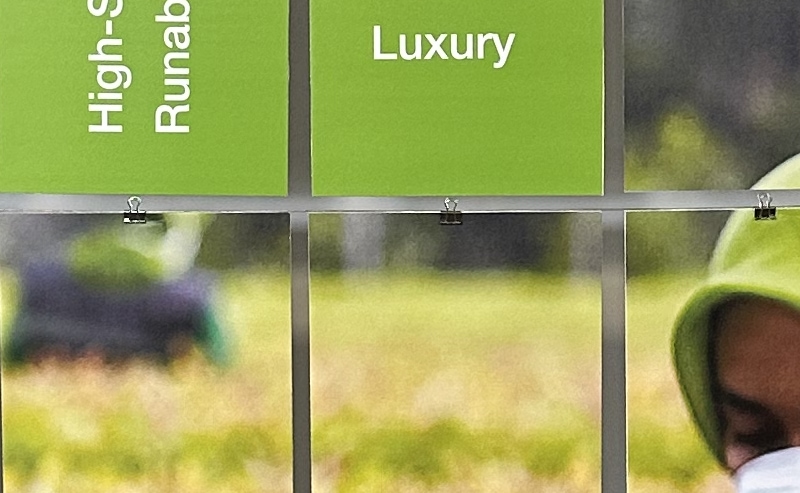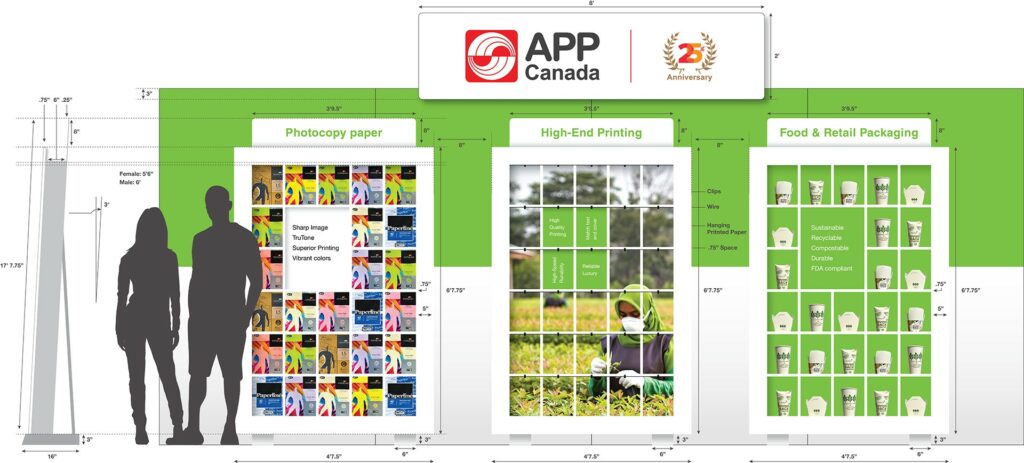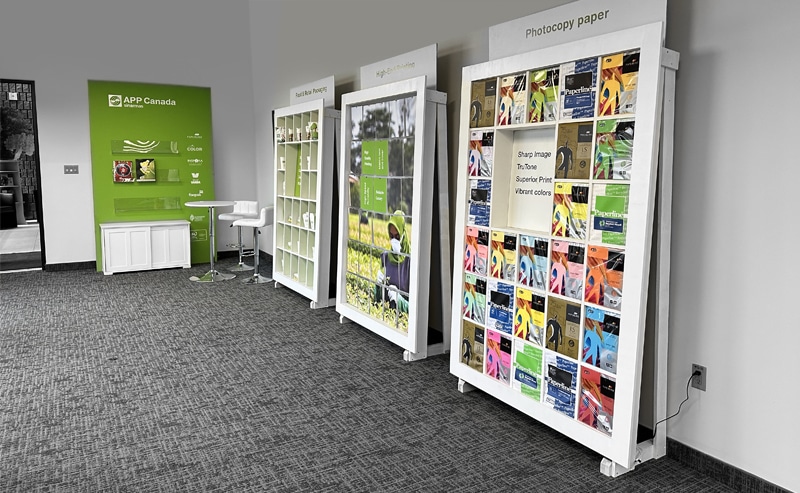In an article published on June 8th in Dezeen, Rolf Hay, co-founder of the Danish brand Hay, criticized trade fairs and their temporary display stands as “completely irresponsible” during the 3 Days of Design event in Copenhagen. He challenged the necessity of trade fairs, emphasizing the waste of resources and short-lived nature of these events. Instead, he praised the model of 3 Days of Design, which mostly occurs in permanent showrooms across the city, and suggested digital product launches could provide better value and reach. Greenpeace agrees, as evidenced by a report estimating that over 600,000 tons of exhibition materials, including temporary display stands, promotional items, and booth materials, end up in landfills each year.
From my perspective, Hay’s approach also demonstrates the convergence of three distinct modes of thinking:
- Critical thinking: questioning the status quo and highlighting the wastefulness of trade show practices
- Design thinking: the 3 Days of Design model
- Strategic thinking: adapting to changing circumstances that offer new opportunities
Trade shows are hardly the only culprits in the experience space when it comes to conspicuous waste. Other industries such as theatre, art installations, and the movie business also contribute to the buy-and-toss cycle ingrained in modern life. The factors are complex: time pressure, money, planned obsolescence, and lack of commitment to end-to-end lifecycle practices all contribute to a general mindset. The antithesis to this is my mother’s 65-year-old Philco Ford fridge looking and operating like it just walked off a showroom floor, a by-product of a different time and attitude.
All of this is a segue into a modest 10×20 trade show booth project that we recently designed for Asia Pulp and Paper (APP) specifically designed to transition from trade show to showroom, and vice versa, while generating minimal waste. APP has faced criticism for less than desirable environmental practices in the past but since 2012, the company has made radical changes in its environmental stewardship policies. While I have witnessed an ingrained commitment to sustainability within the company, legacy perceptions of the brand continue to persist in some places, hence the importance of brand messaging in the design. The most obvious part is imagery (green, fields, forests, people) but the brand message is also embodied in the physical build via efficient use of materials and minimal waste. The design approaches for this project were influenced by theatre training which often involved the following things: a) minimal budget, b) minimal materials and c) take it away and figure it out. The translation within the context of this project is, a combination of different ways of looking at need and effective use of resources, aligning with Hay’s approach.

The custom-built booth utilizes every bit of raw material, adopting a noticeable lo-fi design consisting of three picture frames, two of which are filled with cubicles to showcase an extensive range of products, while the third incorporates a clothes-line design for imagery, utilizing yet more product.

No materials are wasted, and nothing ends up in landfills. Everything is reused and repurposed. By blending different modes of thinking with thoughtful design, a modest beginning yields a much larger outcome — an amortized budget, a satisfied client, increased brand awareness, and a sense of satisfaction and purpose.


The takeaway? All work is deserving of critical thinking, strategy and design, regardless of scale. A discipline, but not a difficult one. We already do this in varying degrees, day to day, by examining situations in our lives, establishing priorities and making decisions on how best to bring about desired outcomes. There you have it. It’s a practice.